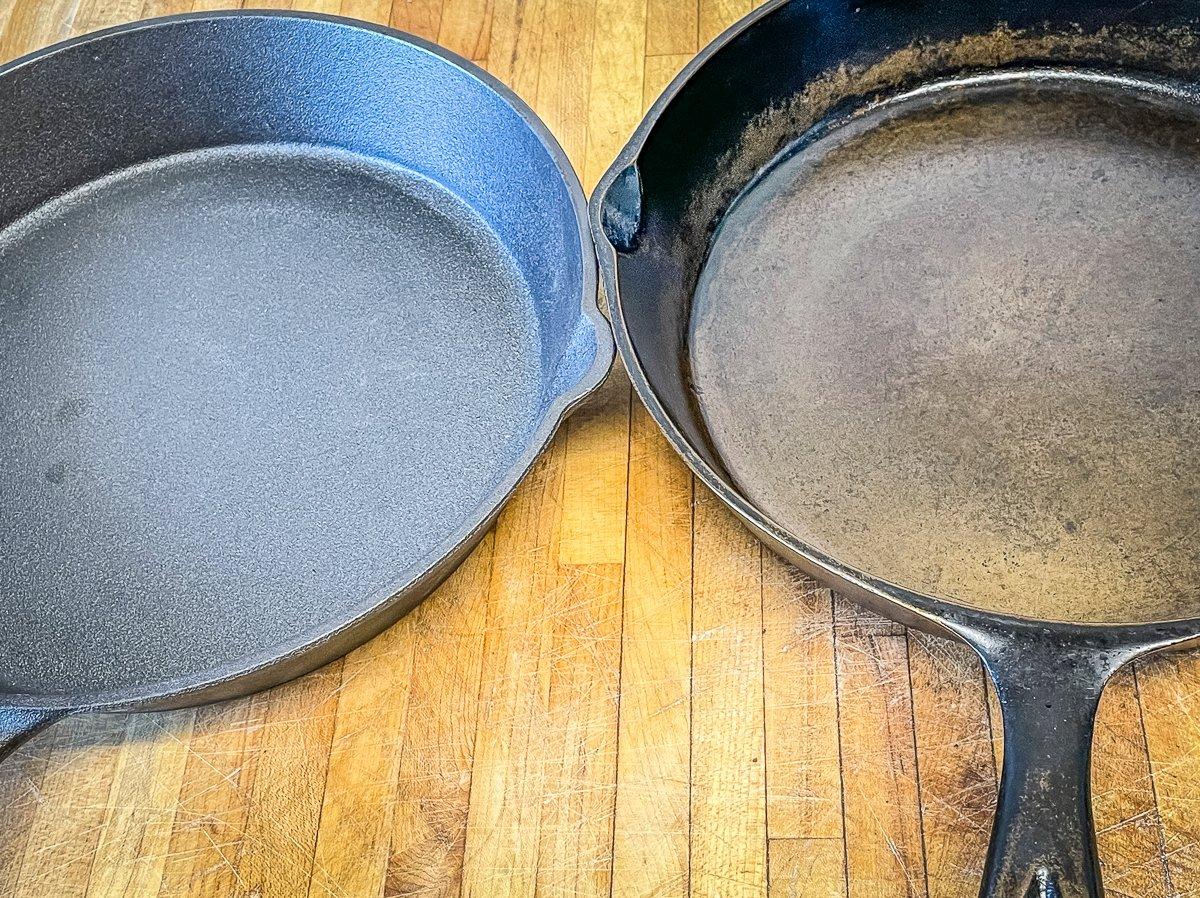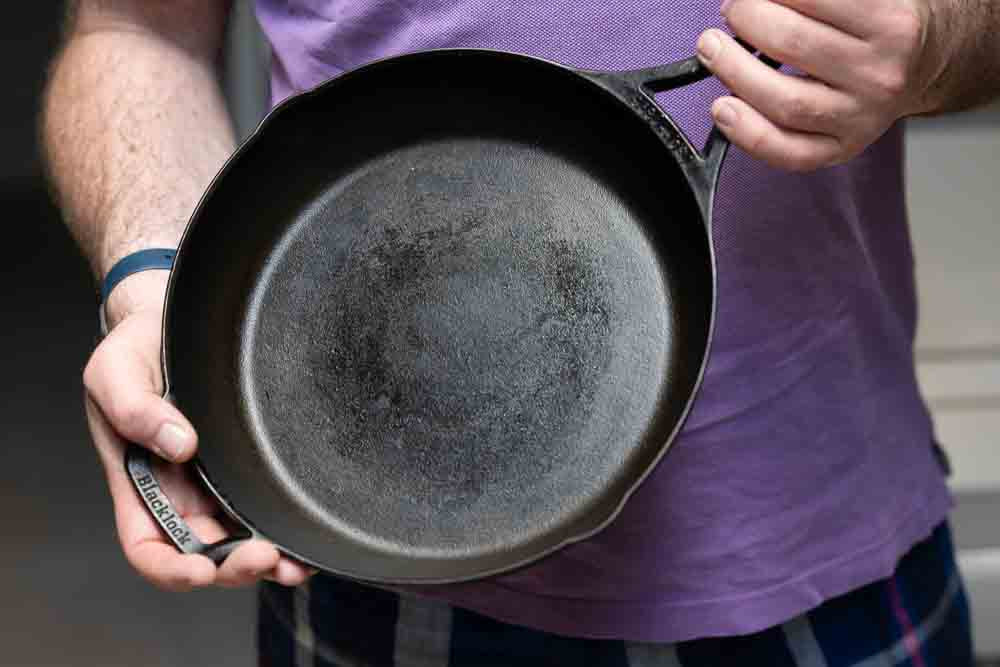When it comes to cooking with cast iron, one of the most crucial processes kitchen professionals need to understand is the seasoning phase. After spending time applying oil and heating your skillet to form that all-important non-stick coating, you may wonder, how long to let cast iron cool after seasoning? This very question is the key to ensuring your cookware remains in excellent condition.
The process of chilling your skillet after seasoning impacts its durability, usability, and overall cooking performance. In this article, we will dive into the details of the proper cooling time, factors that influence it, and the reasoning behind this age-old method of maintaining cast iron cookware.

Understanding the Importance of Seasoning Cast Iron
Before we even get into how long to let cast iron cool after seasoning, let us quickly recap why seasoning is essential in the first place. Seasoning creates a natural layer of protection on your skillet, helping to prevent rust and enhance its non-stick properties. For kitchen professionals, understanding what seasoning is and how it works is vital for the longevity of your cookware.
The Ideal Cooling Time for Cast Iron
After thoroughly seasoning your cast iron, you'll want to allow it to cool gradually to maintain its structural integrity. The general guideline is to allow the cast iron to sit for about 1 to 2 hours at room temperature. This timeframe has been tested over years of usage by various kitchen professionals. Allowing your skillet to cool too quickly may result in uneven seasoning, leading to potential damage.
Factors that Affect Cooling Time
While the suggested cooling time range can serve as a reliable guideline, several factors can influence this duration:
- Thickness of the Cookware: Thicker cast iron items like Dutch ovens may retain heat longer, requiring a longer cooling time.
- Ambient Temperature: If you're in a colder environment, the cooling can occur more rapidly than in a warmer setting.
- Type of Oil Used: Certain oils can combust at high temperatures, impacting the cooling duration and effectiveness of the seasoning.
The Cooling Process Explained
During cooling, it's essential to avoid drastic temperature changes that can warp your skillet. After seasoning, place your cast iron in a safe spot away from drafts or sudden chills, allowing it to cool gradually. As it cools, the oil begins to harden, creating the non-stick layer that is desired in seasoned cookware.
Tips for Properly Cooling Cast Iron
When it comes to ensuring your cast iron cools properly after seasoning, consider the following:
- Leave it to rest on a wire rack, which promotes airflow and allows for even cooling.
- Avoid placing the hot skillet directly on a cold surface as this could cause shock and potential damage.
- Consider checking the temperature of your skillet before reusing or stacking other cookware on top of it.
What to Do If Your Cast Iron Doesn't Cool Properly
Sometimes, despite your best efforts, things may not go as planned. If your cast iron is showing signs of flaking seasoning or other issues, you may need to re-season it or address the problem directly. Understanding why issues arise and how to fix them can save your beloved cookware.

FAQs About Cooling Cast Iron
1. Can I cool cast iron in the fridge after seasoning?
It's not advisable to cool cast iron in a refrigerator as the rapid temperature change can negatively affect the seasoning layer.
2. How can I tell if my cast iron has cooled enough?
Touch the skillet carefully; if it feels warm but not hot, it's likely cool enough for handling or storage.
3. What should I do if my cast iron is unevenly seasoned?
If you notice uneven seasoning, consider revisiting the seasoning process using the guidelines established in this article to achieve a uniform layer.
In conclusion, knowing how long to let cast iron cool after seasoning is necessary for preserving the quality and performance of your cherished cookware. By adhering to the recommended guidelines and paying attention to the influence of various factors, kitchen professionals can extend the life of their cast iron, leading to tastier dishes and more efficient cooking experiences. For more insights on cast iron care, make sure to check out Martha Stewart's guide.
As an Amazon Associate, I earn from qualifying purchases.






Leave a comment
This site is protected by hCaptcha and the hCaptcha Privacy Policy and Terms of Service apply.